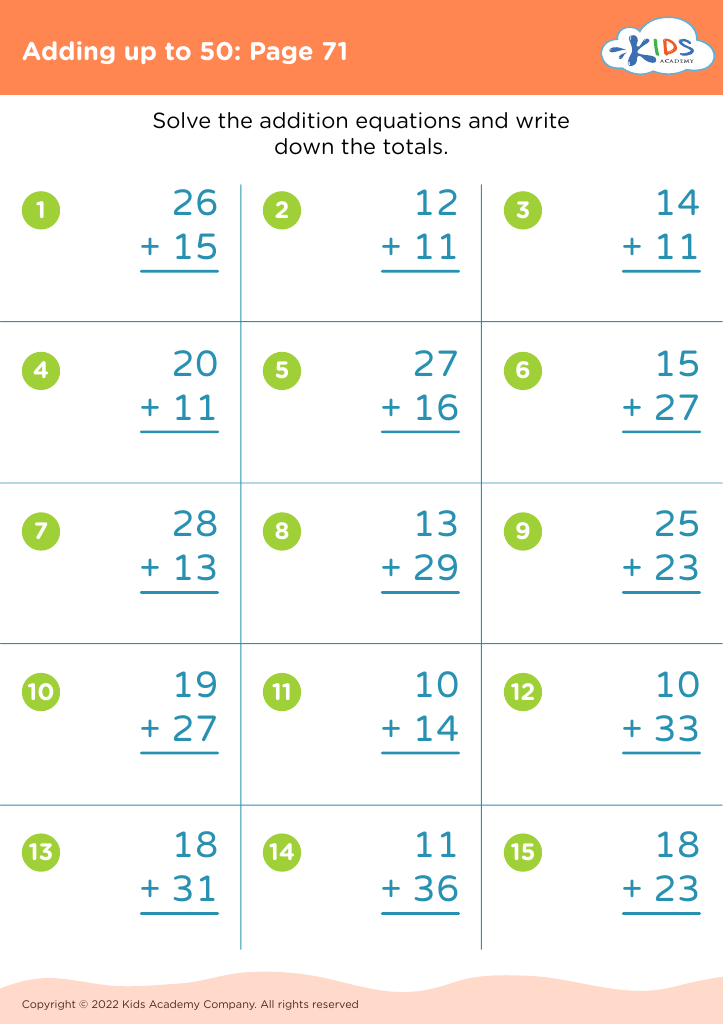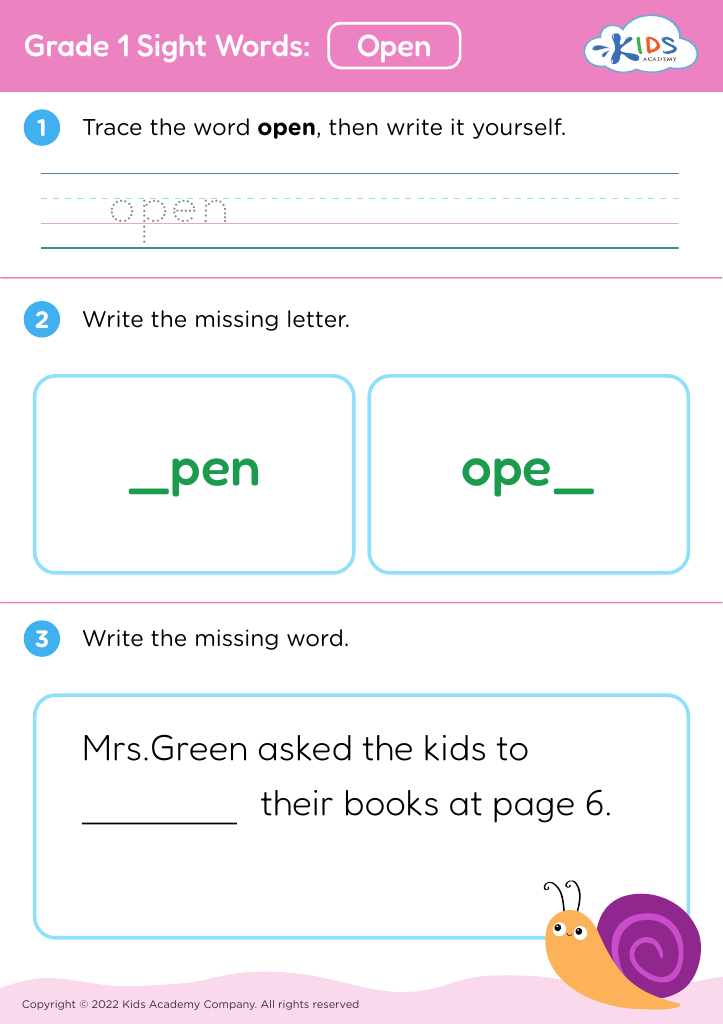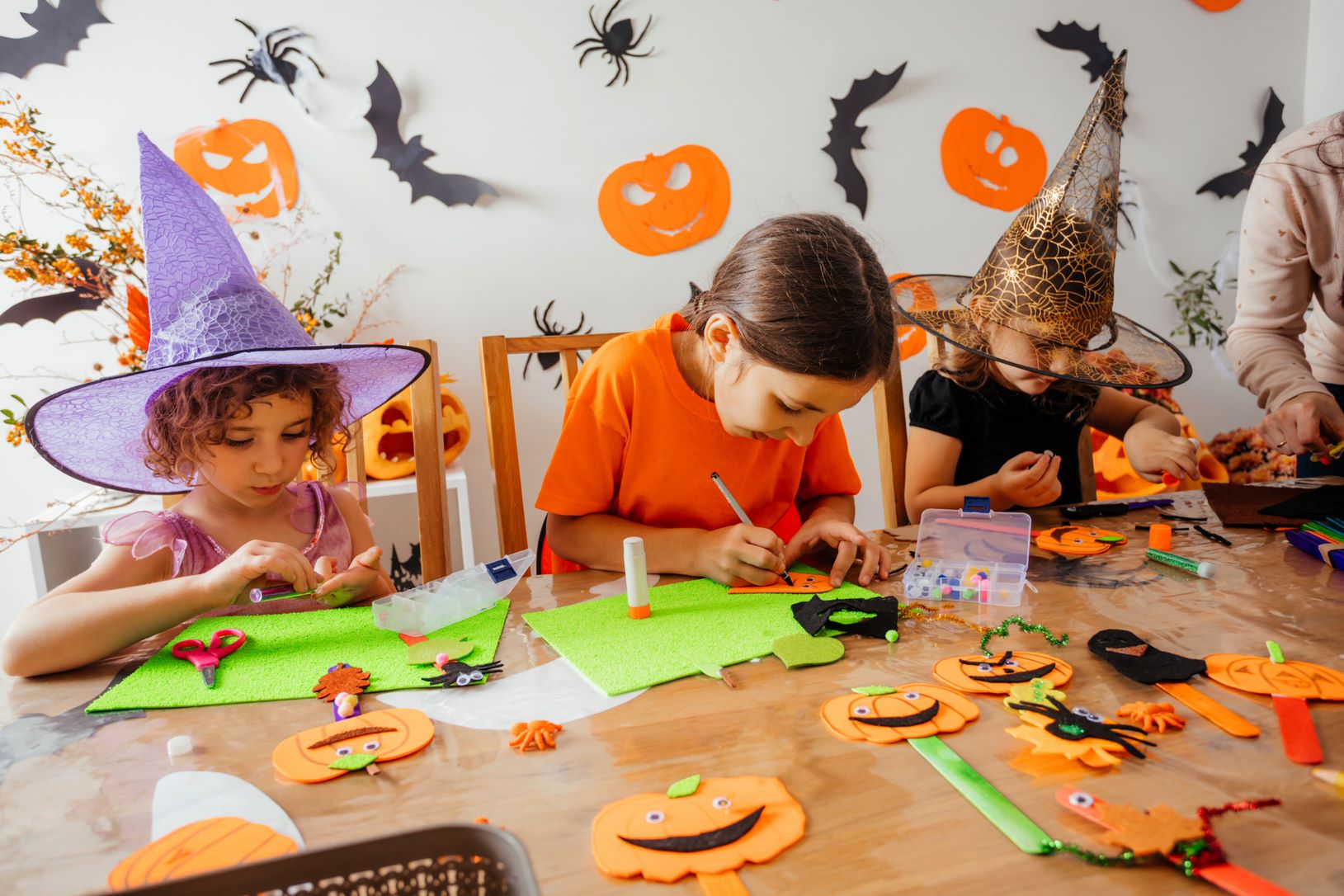Understanding clocks Worksheets for Ages 4-8
6 filtered results
-
From - To
Explore our engaging Understanding Clocks Worksheets designed specifically for children aged 4-8. These resources help young learners grasp the basics of telling time through colorful visuals and interactive activities. From identifying clock hands to distinguishing between morning and afternoon, each worksheet promotes essential math skills in a fun and educational way. Perfect for both classroom use and home learning, these worksheets encourage kids to practice time-telling at their own pace. Foster numerical confidence while enhancing reading comprehension with our tailored exercises. Watch your child develop valuable skills as they master the joy of understanding clocks!
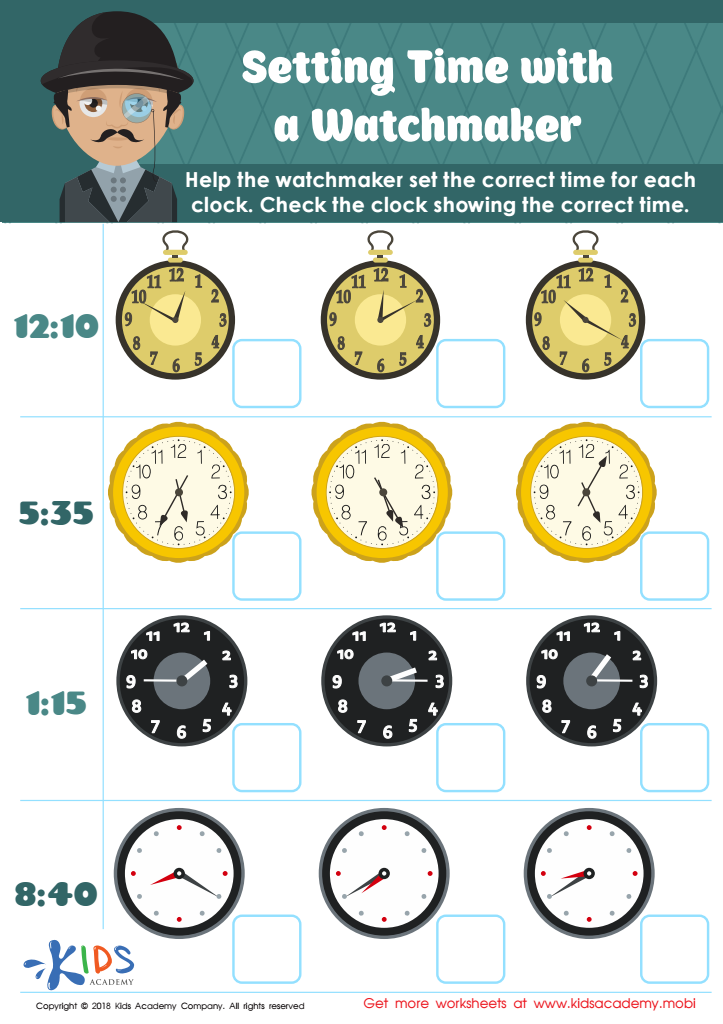

Setting Time with Watchmaker Worksheet
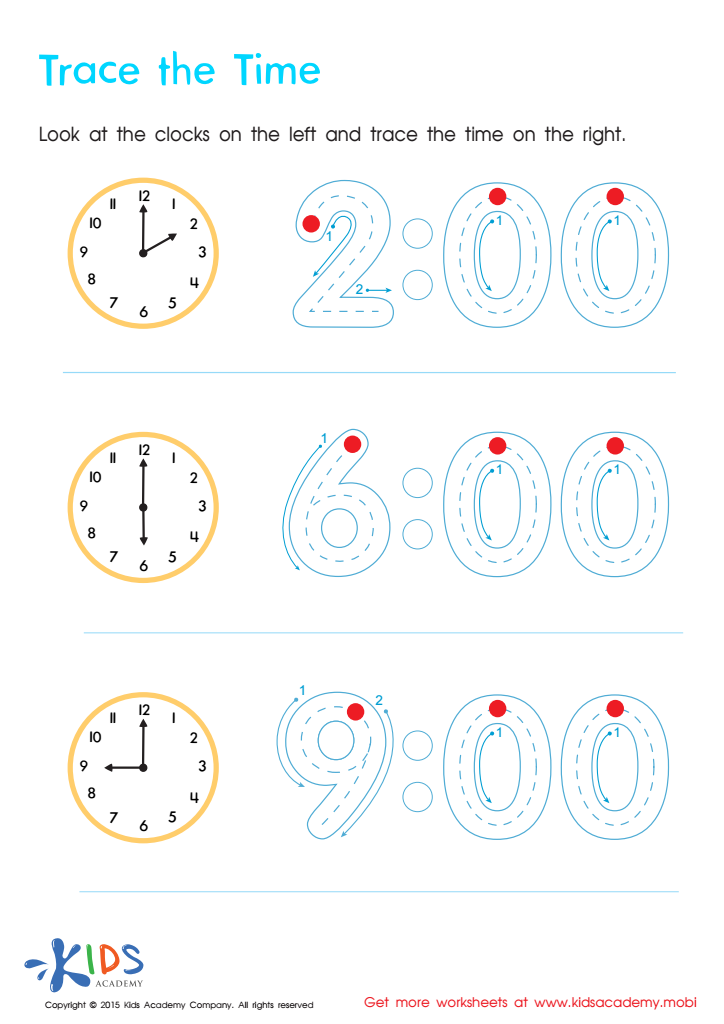

Telling The Time Worksheet: Part 2
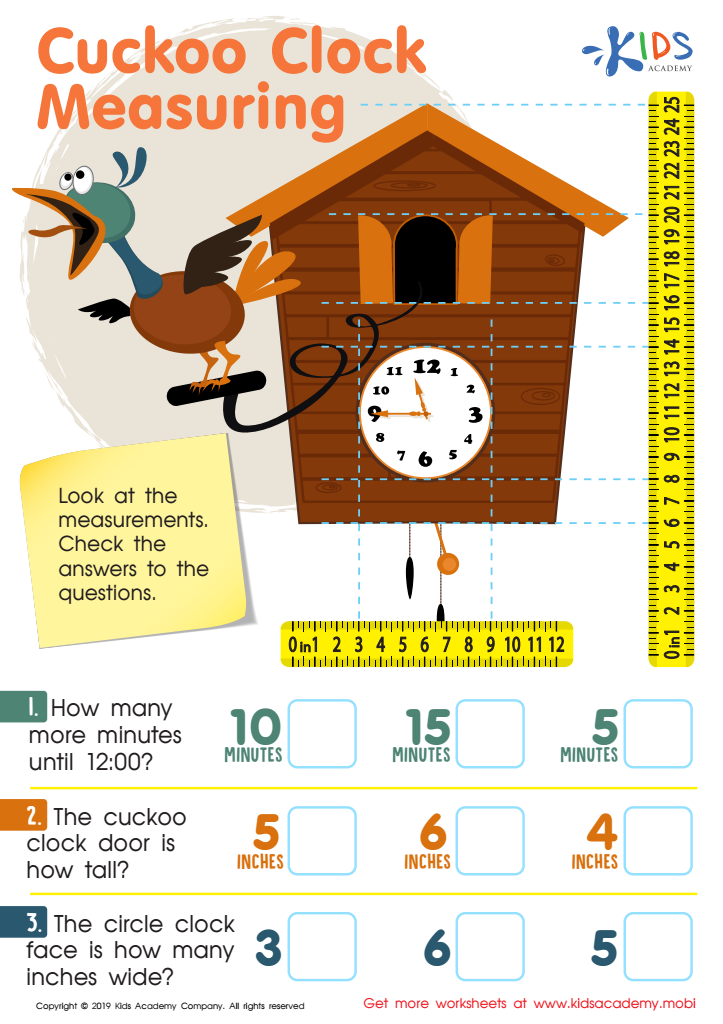

Cuckoo Clock Measuring Worksheet
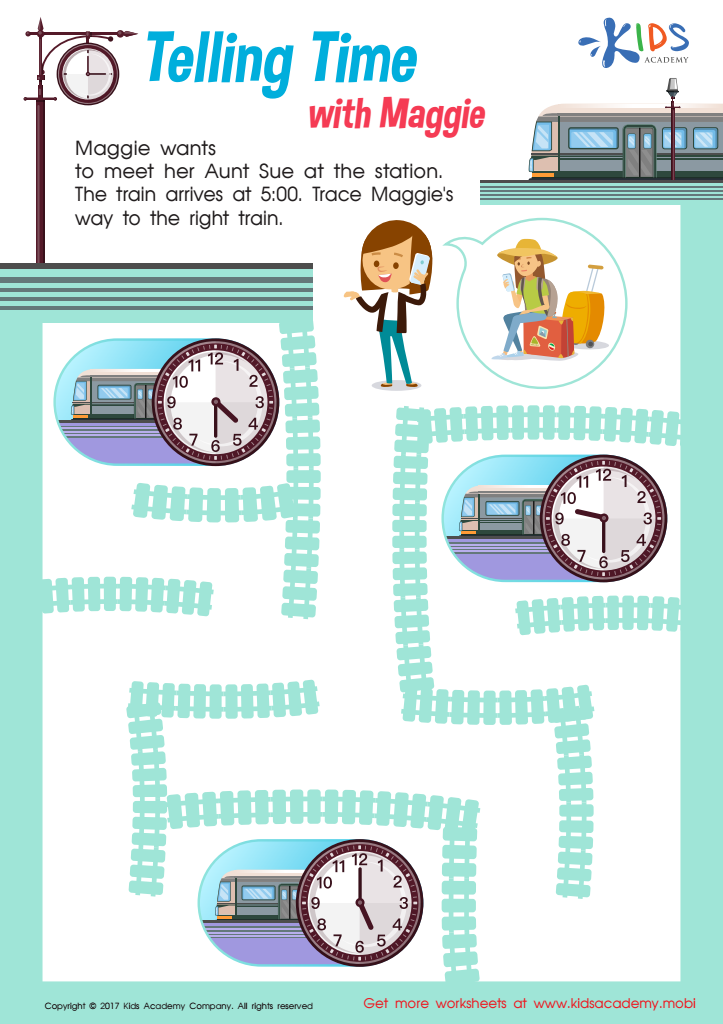

Telling Time With Maggie Time Worksheet
Understanding clocks and time is a vital skill for children aged 4 to 8, as it forms the foundation for future learning in math, science, and everyday life. For parents and teachers, nurturing this understanding is crucial for several reasons.
Firstly, grasping the concept of time helps children develop organizational skills. Knowing how to read a clock enables kids to understand schedules, making them more punctual and responsible, integral traits for academic success.
Secondly, learning about clocks fosters critical thinking and reasoning. As children practice telling time, they engage with numbers, enhance their problem-solving abilities, and build a basic understanding of mathematics.
Moreover, understanding time aids in developing emotional intelligence. By recognizing the passing of time, children can better comprehend waiting periods, such as anticipating special events, which leads to patience and emotional regulation.
Additionally, creating a structured routine around times for activities, meals, and bedtime trains children in self-management skills. This structure provides a sense of security and predictability, essential for healthy development.
In summary, nurturing the understanding of clocks at this young age equips children with essential life skills, contributing significantly to their overall growth, both academically and personally.
 Assign to My Students
Assign to My Students

